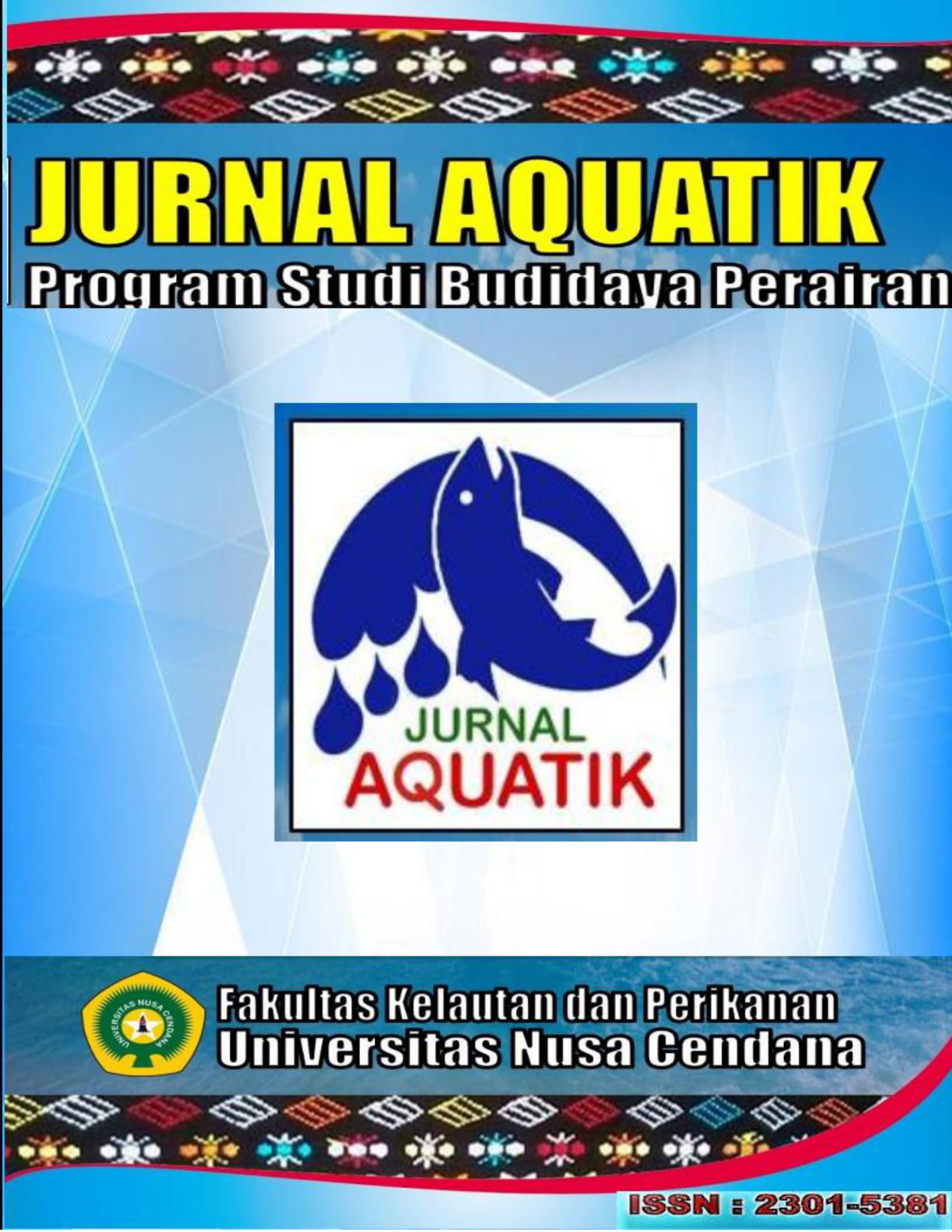PEMANFAATAN BAHAN BAKU LOKAL SEBAGAI PAKAN DALAM BUDIDAYA IKAN BANDENG (Chanos chanos, Forsskal)
Abstract
This research have done for three months from 11 march until 8 June 2019 in Suai village, central Malaka distric , regency of Malaka, East Nusa Tenggara province. This research aims to know about effect of feeding local raw materials on the growth milkfish cultivation.This experimental research used a completely random design with four treatments and three replications. The main parameters measured were absolute growth, daily specific growth, survival rate, feed conversion ratio and the efficiency of feed utilization from milkfish. While the supporting parameters measured are temperature, pH dan salinity. Data of absolute growth, daily specific growth, survival rate, feed conversion ratio and feed utilization efficiency of milkfish logs were analyzed using ANOVA variance analysis and continued with the Smallest Real Difference Test (SRD). Whereas the water quality was analysed descriptively based on the teble. The results showednthat the growth of milkfish ranged between 43,70 – 40,24 g, daily specific growth 1,82 – 1,70, survival rate of milkfish 100%, FCR ranged between 1,82 – 2,19, feed conversion ranged between 54,03% - 51,76%, temperature ranged between 28 – 3 0C, pH ranged between 7,7 – 9,2, salinity ranged between 29 – 30 ppt. Based on the result of the research, can be concluded that the exploiting of local raw materials can affect (Chanos chanos, forsskal).
Key Words : Local Raw Materials, Fish Feed, Milkfish
Downloads


 Vidal Cardoso(1)
Vidal Cardoso(1)


